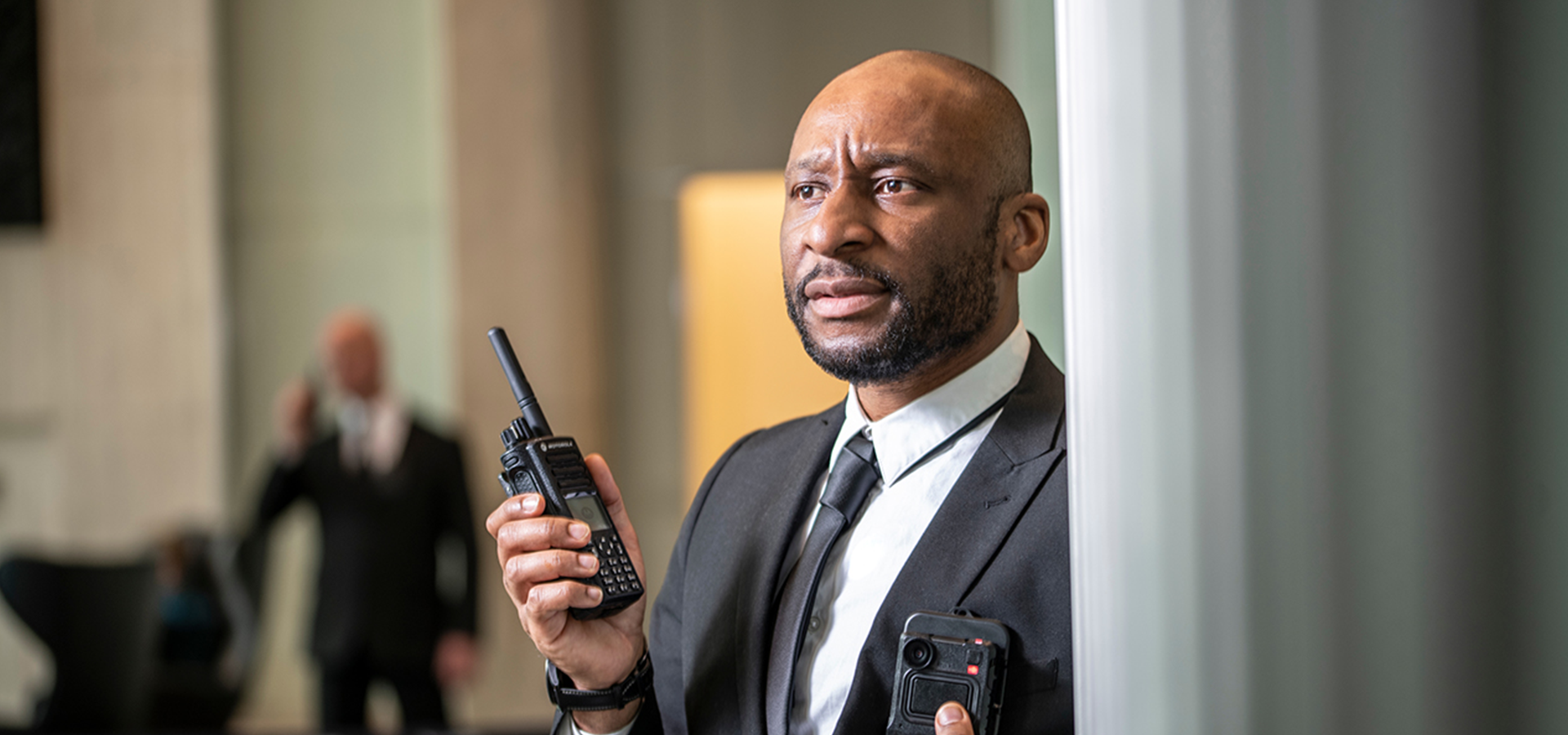If you rely on a two-way radio for work or adventure, you know that clear, reliable communication is essential. Whether you’re managing a construction site, coordinating an event, or venturing into the wilderness, your two-way radio batteries are your lifeline. But what happens when that lifeline goes dead? Understanding how to manage your radio’s power effectively can be the difference between smooth communication and frustrating downtime.
In this article, we’ll break down everything you need to know about two-way radio battery life, including a look at the commonly used 5/5/90 cycle. We’ll also share practical tips for getting the most out of your radio’s battery, so you can stay connected when it matters most — whether you’re using a Motorola battery or any other walkie-talkie battery.
The 5/5/90 Cycle: How Two-Way Radios Typically Operate
Let’s start by exploring the 5/5/90 Cycle — a simple but vital concept in understanding two-way radio battery life. The 5/5/90 Cycle describes the typical usage pattern of a two-way radio during regular operation, especially in professional settings. Here’s what it means:
- 5% Transmitting: Your radio is actively sending out communication. This is when you push the talk button and speak.
- 5% Receiving: Your radio is receiving communication from someone else.
- 90% Standby: The majority of the time, your radio is waiting for transmissions, staying idle until you press that button or hear a call.
This cycle is used by manufacturers to provide realistic battery life estimates, especially for models like the popular Motorola Impres battery-equipped radios. Essentially, it’s a way to calculate how long your battery will last if you’re using your radio in a way that aligns with this average 5/5/90 pattern. But here’s the catch: if you spend more time transmitting or receiving than the average user, you’ll drain your battery faster.
Transmitting, in particular, is a power hog. It requires more energy to send signals than to receive them, and standby mode, while relatively energy-efficient, still slowly draws power over time. So, how can you keep your two-way radio battery running as long as possible? Read on for some helpful tips.
Factors Affecting Two-Way Radio Battery Life
Before diving into the tips, it’s essential to understand what impacts the longevity of your walkie-talkie battery. Some key factors include:
- Battery Type: Most modern two-way radios use either rechargeable batteries like nickel-metal hydride or NiMH battery, lithium-ion or ion battery, or single-use alkaline batteries. A Motorola battery with Lithium-ion (or, ion battery) technology will typically provide longer life and faster charging compared to NiMH and longer life than single-use, disposable alkaline batteries.
- Transmit Power: Many Motorola Solutions radios let you adjust power settings. Higher power settings allow for longer-range communication but significantly drain your battery. Reducing power when possible will conserve battery life.
- Signal Strength: If your radio has to work hard to find or maintain a signal — maybe due to thick walls, obstructions, or long distances — it’ll eat through battery power faster.
- Temperature Extremes: Cold weather reduces battery performance, while excessive heat can degrade your battery over time. Batteries perform best in moderate conditions.
- Battery Age: Like all batteries, two-way radio batteries degrade over time. If your Motorola battery pack or walkie-talkie battery isn’t holding a charge as well as it used to, it may be time for a replacement.
- Accessories: Additional features like GPS tracking, Bluetooth, or using external two-way radio accessories can also drain your battery faster than you might expect.
Tips for Extending Two-Way Radio Battery Life
Use Lower Power Settings
Keep Transmissions Short
Activate Battery Save Mode
Turn Off Extra Features
Avoid Overcharging
Carry a Replacement Battery
Turn It Off When Not in Use
Store Batteries Properly
Use a Full Charge/Discharge Cycle
For older NiMH batteries, it’s beneficial to let them discharge fully before recharging. This helps avoid the memory effect, which reduces battery capacity over time. While Li-ion batteries don’t suffer from this problem, it’s still wise to avoid over-discharging or keeping them plugged in for too long. Using Motorola Impres batteries with an Impres charging system will help.
Managing Two-Way Radio Battery Life
Managing two-way radio mAh battery life can be a game changer, whether you’re relying on your device for work, safety, or recreation. By understanding the 5/5/90 cycle and how it affects your battery, along with applying smart tips like lowering transmit power, using battery-saving modes, and keeping transmissions brief, you’ll be well-prepared to get the most out of your radio.
Remember, your Motorola two-way radio battery is more than just a power source — it’s the key to staying connected. Treat your Motorola batteries right, and they will keep you talking, coordinating, and navigating efficiently, no matter where your journey takes you.
Trust SJM Industrial Radio to Meet Your Communications Needs
Searching through numerous telecommunications company options to find a dependable partner can be challenging. However, SJM Industrial Radio emerges as a seasoned, knowledgeable, and innovative telecommunications company in the Los Angeles area known for providing industry-leading customer service. Our commitment to customer satisfaction goes beyond words; we demonstrate it by exceeding expectations.
Tailored to meet your operational requirements, our services encompass a diverse range of solutions crafted around your specific needs. SJM Industrial Radio boasts a team of technical experts specializing in industrial telecommunications solutions. They dedicate time and effort to deliver exemplary solutions and service from the project’s initiation to its completion. Moreover, our systems incorporate the latest technology, ensuring reliability even in demanding on-site conditions. We collaborate with you to select the ideal system for your operations, saving time, and enhancing productivity and safety.
CONTACT THE EXPERTS AT SJM INDUSTRIAL RADIO!

